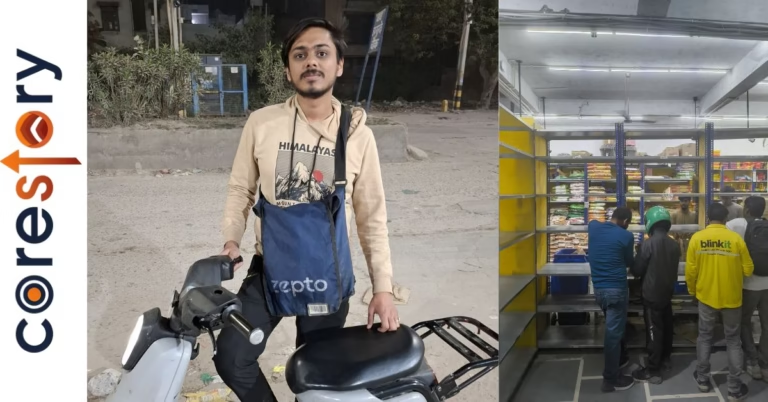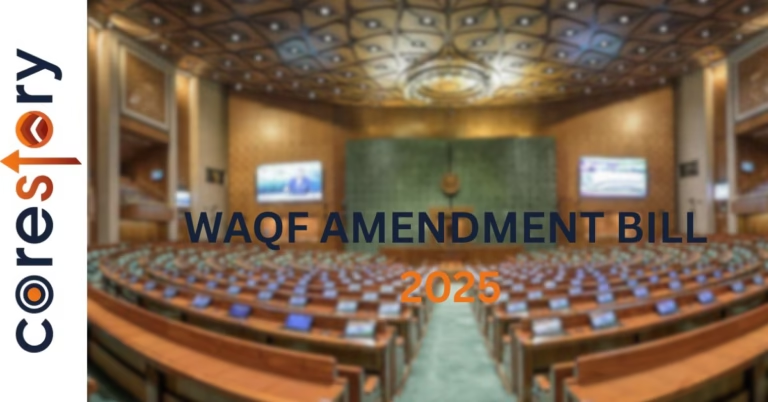
India’s economic future no longer lies in its metros alone. A silent but intense battle is unfolding as businesses pivot to capture the wallets of Tier-2 and Tier-3 consumers. With increasing disposable income, rapid digital adoption, and shifting consumer aspirations, small-town India is where the next growth story is being written.
The Rise of Small-Town Consumption
In the past decade, Tier-2 and Tier-3 cities have become high-growth markets for businesses across sectors. According to a 2023 RedSeer report, non-metro cities contributed nearly 60% of India’s e-commerce sales, up from 45% in 2018 (RedSeer). The pandemic further accelerated this trend as digital adoption surged beyond metros.
Why Are Businesses Targeting These Markets?
- Growing Disposable Income: A 2022 McKinsey report revealed that India’s middle class is set to expand from 432 million in 2020 to 715 million by 2030, with a significant portion from Tier-2 and Tier-3 cities (McKinsey & Company).
- Digital Penetration: With over 850 million internet users, small-town India is increasingly shopping, banking, and transacting online (TRAI).
- E-commerce Boom: Platforms like Meesho, Shopsy, and JioMart are thriving by offering localized pricing and logistics.
- UPI & Fintech Growth: Digital payments in smaller towns saw a 62% YoY rise in 2023, per NPCI data (NPCI).
E-commerce’s Tier-2 & Tier-3 Push
1. The Meesho & Shopsy Model: Price Sensitivity Wins
Meesho and Shopsy have reshaped India’s e-commerce by catering specifically to small-town consumers. Meesho reported that 80% of its customers come from non-metro cities, proving that affordability is key to this market (Meesho Business Report).
2. Flipkart & Amazon’s Localized Strategy
- Amazon launched ‘Amazon Easy’, enabling walk-in stores for assisted e-commerce.
- Flipkart’s ‘Samarth’ initiative brought over 1 million artisans and MSMEs online to reach new buyers.
Despite these efforts, challenges remain. A 2023 PwC study found that only 23% of small-town consumers trust online marketplaces compared to 42% in metros (PwC India).
The Rise of Fintech in Bharat
1. UPI Dominance in Small Towns
The growth of UPI transactions in non-metro India is staggering:
- In 2023, 65% of all UPI transactions came from Tier-2 and Tier-3 cities (NPCI).
- PhonePe reported that small-town merchants accounted for 70% of its new onboardings in 2023 (PhonePe Pulse).
- BNPL (Buy Now, Pay Later) services have also seen a 50% growth in adoption in Tier-2 and smaller cities, as per a 2024 Razorpay report (Razorpay).
2. The Banking Sector’s Response
With fintech dominating, traditional banks are losing ground in small towns. HDFC and ICICI have shut down 500+ rural branches since 2020, shifting instead to digital outreach (RBI data). Meanwhile, India Post Payments Bank has gained 50 million customers, leveraging its rural network (IPPB).
Challenges in Cracking the Small-Town Market
Despite massive potential, businesses face hurdles in truly unlocking Tier-2 & Tier-3 spending:
- Logistics & Supply Chain: A 2023 report by Deloitte noted that fulfillment costs in small towns are 30% higher than in metros due to poor infrastructure (Deloitte India).
- Consumer Trust Issues: According to KPMG India, 49% of small-town buyers prefer COD (cash on delivery) due to concerns about online fraud (KPMG).
- Price Sensitivity: A Bain & Company study highlighted that 76% of Tier-2 and Tier-3 consumers prefer discounts over brand loyalty, making customer retention a challenge (Bain India).
What’s Next? The Future of India’s Non-Metro Growth
1. AI & Vernacular Commerce
Startups like Koo, ShareChat, and Lokal have proven that regional languages drive deeper engagement. Vernacular content consumption is projected to grow at 45% CAGR by 2026, according to EY India (EY Report).
2. Offline & Hybrid Retail Will Expand
While digital sales rise, physical retail is not dead in small towns. Companies like Reliance Retail and DMart are aggressively expanding in Tier-2 and Tier-3 locations, leveraging a hybrid model.
3. Fintech’s Next Leap: Credit Expansion
With rising UPI adoption, the next frontier is formal credit penetration. Only 10% of rural India has access to credit cards, compared to 45% in metros (RBI). Startups like Slice and ZestMoney are bridging this gap.
The Silent War is Just Beginning
The battle for India’s Tier-2 and Tier-3 wallets is intensifying as businesses adapt to this high-growth segment. From e-commerce giants to fintech disruptors, everyone wants a share of the next billion-dollar opportunity. However, success will depend on localized strategies, trust-building, and infrastructure improvements.
As digital and physical worlds merge, small-town India is no longer just a passive market—it’s a powerhouse shaping the future of Indian business.
- Dr. Laila Mintas Joins Board of Rules X, Operating Partner of European T20 Premier League
- Q-Commerce Rider Experience Gets Real – Aum Vats (@aumvats) Breaks It Down
- Lok Sabha Passes Waqf (Amendment) Bill 2025: Key Details and Reactions
- The Rise of Tier-2 City Startups in India: A New Frontier Beyond Metros
- JioCinema-Disney+ Hotstar Merger: How This $8.5 Billion Deal is Reshaping India’s Streaming Landscape



